- Get link
- X
- Other Apps
- Get link
- X
- Other Apps

A number of technological giants, firmly seated on the Olympus leaders of the progress of information technology, a few years ago would have been unthinkable without a single name. Nokia. No, and now this name is still on hearing and has not erased from memory as quickly as Siemens Mobile after the sale of Benq assets, for example. But still before the former greatness of the renovated Finnish company is still very, very far away, and the more interesting it is to look at how everything began for the Finns.

And it all began rather prosaically, although for its time and very technology. In the middle of the XIX century in the place of Nokia in the Finnish wilderness there was practically nothing, except for small fur-bearing animals of the family of cunts, from the local name of the species which appeared the name of the town, the river and the settlement. In 1865, having seen enough of the success of a number of paper companies in Finland and Germany, engineer and inventor Fredrik Idestam and his companion Leopold Mekhelin took a loan from the bank and built their own woodworking plant on the river Nokia.
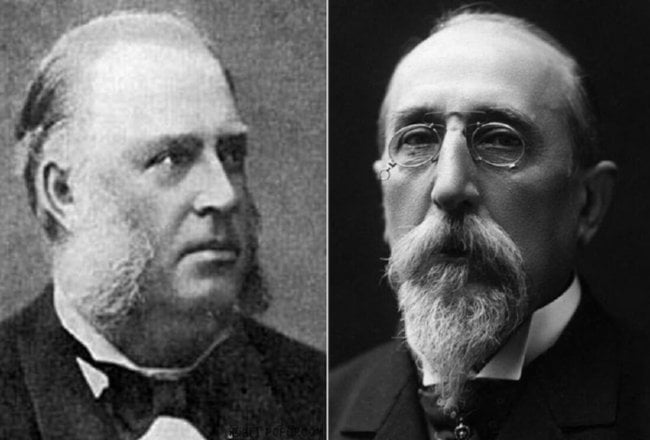
Well, after implementing a number of advanced solutions in production, the factory began to grow, quality too, and gradually around the production an impressive settlement lined up.
When at the beginning of the 20th century, Idestam withdrew from business and the reins of Nokia's rule shifted to Mechelin, a new, turbulent stage of business development began. In addition to paper production, Nokia began to produce electricity - since the power of the river is still used.

Electricity sales began to neighbors - the factory of Finnish Rubber Works, so successfully sold, that it in 1922 became the property of Nokia. You can try to draw a parallel with today's day and what Microsoft has done with Microsoft, consider it a small historical revenge for a rubber company a hundred years ago. However, the manufacture of rubber products under the wing of Nokia blossomed for eight decades, during this time produced and shoes, and medical products, gas masks, and car tires.

At the same time Nokia began to supply its already rubber products from the company Finnish Cable Works. To produce telegraph and other wires, the fast-growing sphere required deliveries of an impressive amount of rubber for braids and other needs, and Nokia successfully coped with this. Even more than successful - the Finnish Cable Works also went under the wing of the once-small-town paper manufacturer. However, until 1967, these companies were legally in a disconnected state, becoming a single entity. In the same sixties of the 20th century, Nokia's electronics division, separated from Finnish Cable Works, began research and development in the area of higher technologies - time dictated its conditions, and semiconductors and related fields had to be engaged. Such a quick and bold change of orientation in business will more than once serve the company as a good service. And by 1969 the company was able to show the world the first 30-channel pulse-code modulation equipment, or PCM, which became an international standard. It is this technological solution that offers a method for converting a conventional audio signal into a digital form. Virtually all kinds of analog data are used to digitize PCM signals. So the first merit of Nokia of the New Time is a revolution in the market, primarily in the sound market. Nokia released the first digital automatic telephone exchange, the DX 200. The dimensions of the Nokia DX 200 were certainly impressive, but judging by the abundance of fan sites and instructions on the Net - yes, this PBX has fans all over the world - it's worthy of attention to this day.
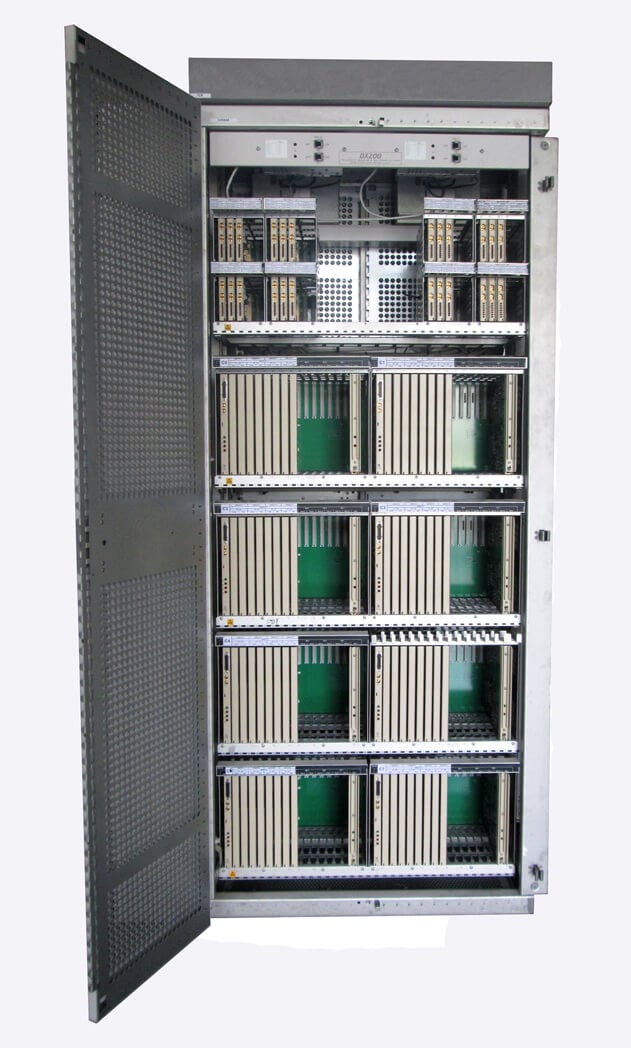
By the end of the seventies, Kari Kairamo, Nokia's next director, decided to throw almost all the forces into the conquest of Western markets, where the boom of consumer electronics, computers and multimedia entertainment was raging. Nokia acted in the usual way: I bought a couple of firms that specialized in assembling computers and TVs. However, this part of the business lasted for a very long time - in 1988, the company began to abandon its obsolete profiles, and the tires with TVs were lost in the nonexistence of the company, although the monitors were still very popular for 6-7 years, and Nokia Monitor Test - and that longer. High Finnish standards ...
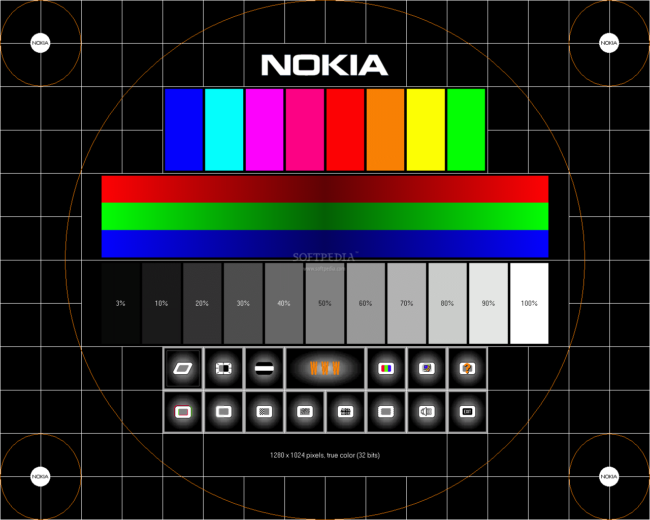
True, Nokia was where to go. A notable milestone in this "path of retreat" is 1979: Nokia has combined the rudiments of its telecommunications unit with Salora, a company with which they have worked together for a decade on high-frequency radio technology and created a cellular ARP network for car phones. The joint venture was named Mobira. Since the mid-eighties, the company has been successfully creating phones of the popular NMT standard, and one of the first became Nokia Talkman, also known as Mobira Talkman. It looked impressive, weighed about 5 kilograms, but it was intended primarily for installation in a car. For his time he was very progressive.

Imacon Color Scanner
But three years later, Nokia Cityman was released, weighing under 750 grams, quite a personal phone, which could be carried without unnecessary torment. No, of course, it was more like a weapon of self-defense, but from the form-factor of the nuclear suitcase has gone far enough.
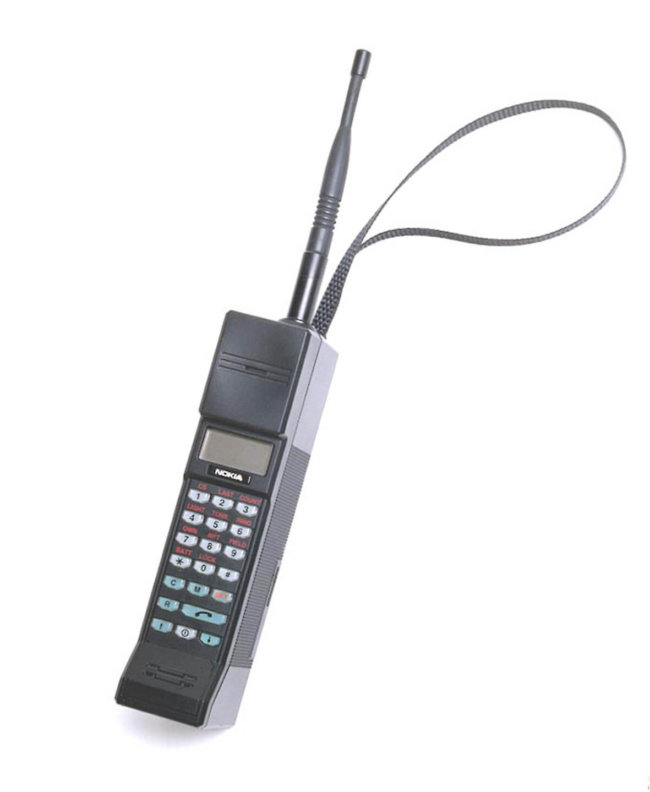
But the company was already shining with the light of a new technological lighthouse: in 1990 an international standard for mobile digital telephony, GSM, was developed and adopted. Nokia, which from the outside could seem like a leisurely giant, already in 1991 created and introduced the first GSM phone. The first call from him, by the way, was made in the company's own cellular network. By 1992, everything that could be cut off and restructured was cut off and restructured. Nokia 1011, the world's first digital mobile phone for GSM networks, was released. The first data center for working with SMS in Europe is also Nokia. And then everything went on a rolled-up, and the famous and still famous Nokia Tune along with the slogan Connecting People began to spread around the world.
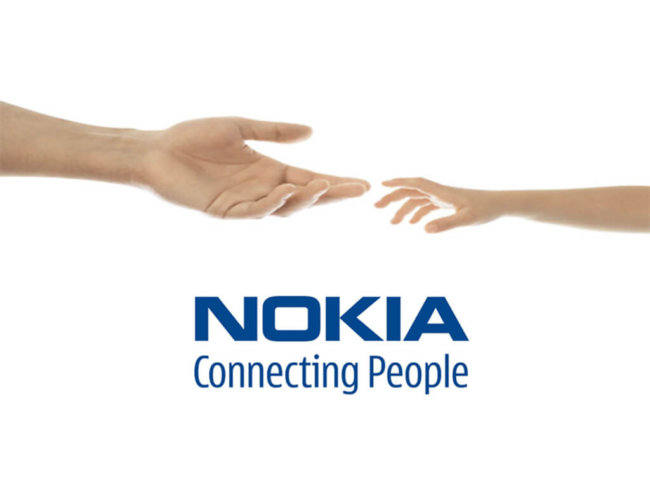
The representative of the Nokia 2100 1994 model year was sold with a total circulation of 20 million pieces, although the success for Nokia was set at half a million. The phone was created in versions for all the communication standards that have appeared by this time - so began the conquest of the markets of China, Japan, the USA (however, there it took the most important place in the market of the company, because it was in the favor of Motorola). Well and the first Chinese factory of the company has appeared in 1995.

"Dashing" for the company in 1996-1999, the world remembered the release of a number of cult devices, of which stands alone Nokia 9000 Communicator. A distinctive feature of it was the impressive monochrome screen, the QWERTY keyboard and the GEOS operating system. Worked Communicator based on the Intel x86 processor with a frequency of 24 MHz and had 8 megabytes of memory. The device spawned a whole line of smart devices with the same Communicator index.

Also one can not but mention one more phone of this time - the cult "banana" of the Nokia 8110. Both of these devices in the history of Nokia were also noted for their roles in the cinema: with the communicator, viewers of wide screens could get acquainted in the film "Saint", and with a pseudo-slider - in " Matrix ". True, the flip-flop was only equipped with a Neo phone, users had to shift the cover manually.

At the end of the nineties, the full-scale formation of the series 3 also occurred, in which the most iconic device was probably 3310, which sold out in the top ten of the world in a dozen modifications with a circulation of 130 million copies and is still remembered with a warm word. Her predecessor, 3210, received, oddly enough, even greater popularity and populated the planet with 160 million of her clones. Interchangeable pads and aggressive advertising with positioning for the youth environment have done their job. By the way, removable pens - this is also the brainchild of Nokia.

And - again in 1999: Nokia begins the implementation of the WAP protocol. New technologies - new phones. The engine of the new protocol was Nokia 7110. However, the "clean" WAP did not last long - surrendered under the pressure of GPRS, which Nokia, however, also introduced very actively. All these actions led to the fact that the Finnish company was in the hands of concentrated 40 percent of the market of personal cellular terminals. In 2001 Nokia successfully launched the MMS promotion. Photo, video and audio on GPRS-channels flew very actively and brought to different content providers not one hundred million profit. In 2002, the first smartphone Nokia - the slider 7650 running Symbian OS. Also, this smartphone should be attributed and the title of the company's first camera phone. Iron N91 with a hard disk for music fans, N90 with a rotary camera - for beginners then still mobileographers and the average for all these points N70 degenerated into a lot of immediately becoming popular devices. At a sufficiently high price in its class, each of these devices became a hit, and it lasted several years. Fortunately, Nokia engineers ate their bread for good reason and created, for example, devices such as two-sided multimedia slider N95.

About the budget segment, the Finns never forgot, and this affected the fact that the world's best-selling phone still remains 1100 - more than 250 million pieces from 2003 to 2009 settled in the pockets of users, and so a number of people stayed there. Although not so dizzying, but still noticeable success, and received the models 1280 and 1105 - at the lowest possible price they gave the user all the most necessary. But if you want to spend money on the image - then the services of a demanding consumer were the seventh and eighth. In it, the ball was ruled by sliders. Yes, what ... Titanium enclosures, steel cases, expensive packaging. Let them also neighbor with not always advanced iron, but this for the buyers of the titanium 8910 did not make the slightest difference. And for the worshiper of the cult of the 8800 in all its manifestations, it was absolutely the same as what is behind the camera in the device, when he makes such a juicy "clutch-clap" by this slider ... Up to 8800 Arte / Carbon Arte these phones stably swept off the shelves at a price , which went for one and a half to two thousand dollars, depending on the version.

If there was more money, much more, then the daughter Vertu was ready to provide options with leather, precious metals and various sapphires-topaz. Bless Frank Nuovo is a designer from God (at least for the niche in which the very Vertu were popular). Unfortunately, the era of turmoil forced the parent company to abandon the luxury daughter, but Vertu itself is still alive ...
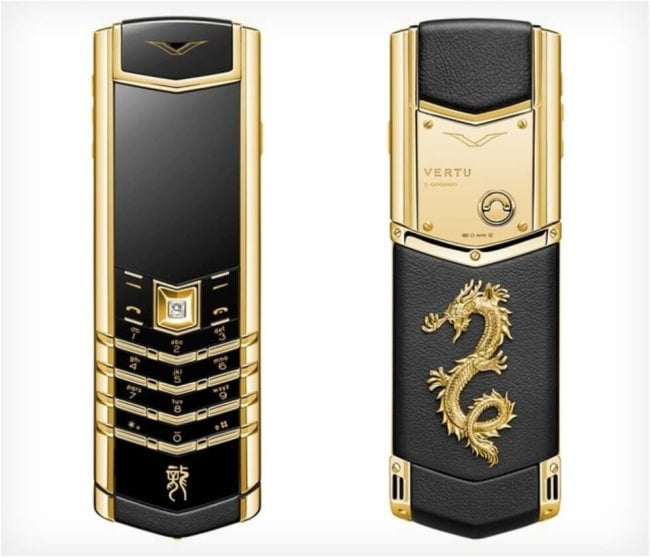
I was not afraid of experimenting with Nokia both with the design and with the functional side of the form factors of smartphones. A variety of sliders, rotators, rotating in different directions of the clamshell, digital buttons on the sides of the screen - all this abounded from the stacks of many laboratories, and then the plants of the company. The safety margin seemed huge, and the user's credit of trust was endless. In many respects this was facilitated by a clear delineation of the line and strict adherence to the indexing of the model range. Since the beginning of the nineties, users have known that the units and deuces are a budget segment, the threes are a youth budget, the five are either protected or advanced devices (Nokia 5510). Six - smart, seven - beautiful, eight - if there was more money than you could buy in the series on 7. Nine-thousandth - communicators.
The N- and E-series became as understandable as media and business respectively. Further, the company had only to follow this naming, although subsequently the E-series was abolished, translating "professional solutions" into a ninety-series N-line. The user always knew what to buy, and was not lost in names and other indexes, if they did not coincide with the usual paradigm of indexing Nokia.
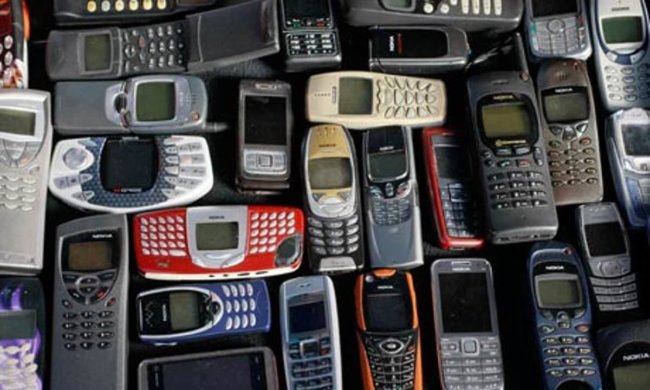
Symbian for touch devices - if you do not take into account the brake 7710 - was embodied in the model Nokia 5800. But it was too late: despite the most active PR, the device could not compete with the included Android and iPhone, although from the point of view of technology it was interesting. All subsequent attempts to create a fashionable touchscreen smartphone, in fact, lead to nothing. Yes, and now you can meet people with simplified 5800, but it was rather inertial purchases, a habit of a name that gradually came to naught.
2010 in the company of many Nokia fans is considered black: Stephen Elop, a native of Microsoft, was appointed to the position of executive director of the Finnish company. However, at the same time Nokia N8 with updated Symbian 3 entered the market, but it was already a swan song Symbian.

With the arrival of Elop, Nokia has rigidly changed the direction of the smartphone segment towards Windows Phone - Symbian and MeeGo were essentially outlawed. The last smartphone on the Symbian Belle was the Nokia 808 - a smartphone with a camera of 41 megapixels. This allowed either to be able to crop the frame without much loss in quality, or significantly improve the quality of the image due to software "merging" of neighboring pixels. Later, Nokia Lumia 1020 repeated the experience of using the same sensor, bearing the name PureView. In the end, this name was christened all modern cameras in Lumia smartphones of the senior class.

The share of Nokia in the smartphone market fell from 30 percent to 3 in three years, which, of course, dropped the price of the company many, many times, making it a profitable target for absorption ... On the one hand, it can not be said that everything is to blame Stephen " Elop - Symbian erased his century, and holding on to him was tantamount to suicide. But here is the fact that the promising developments from the MeeGo area were buried (although they were not unsuccessfully reborn under the banners of Samsung in Tizen), and in the direction of Android there was not a single step taken (Nokia X does not count - this is already a strange crafts of the times of Microsoft) - in This is the fault of Microsoft's protege, whatever one may say.

As a result, in the first days of September 2013, Microsoft bought the structural unit of Nokia, which was engaged in the production of cell phones and other mobile devices. It is worth mentioning that, in addition to Lumia 1020, unfortunately, during this time the significant devices did not come out on the operating system from Redmond, although there were really many ideas and chances. However, the company's share in the smartphone market of the lowest price category was very good due to subsidies from the Redmond giant.

Microsoft has now abandoned the Nokia brand and is launching smartphones under the brand Microsoft Lumia. But in 2016, Microsoft's exclusive right to use the Nokia brand for smartphones expires. And this can give rise to a new era.
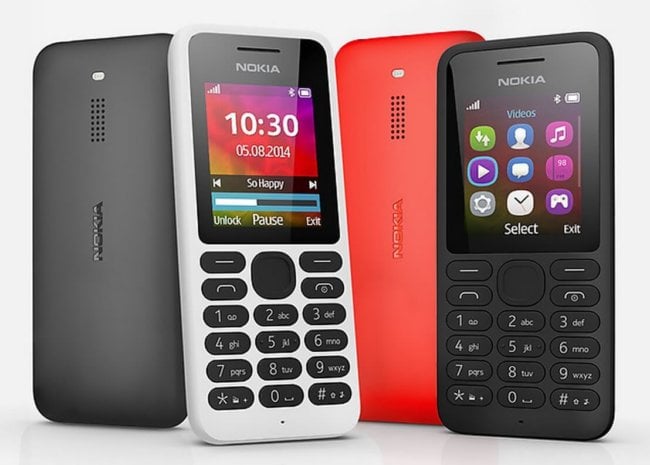
Now that Nokia, which remained in Finland, continues to seek its own development path. The first of these became, in fact, the licensing of "its good name" by the same company Foxconn. The fruit of this alliance was the appearance of a tablet Nokia N1, with which you can get acquainted in a review of our colleagues from AndroidInsider.ru. Let it be too late, but the entrance to the Android-market should return the company to its former glory.
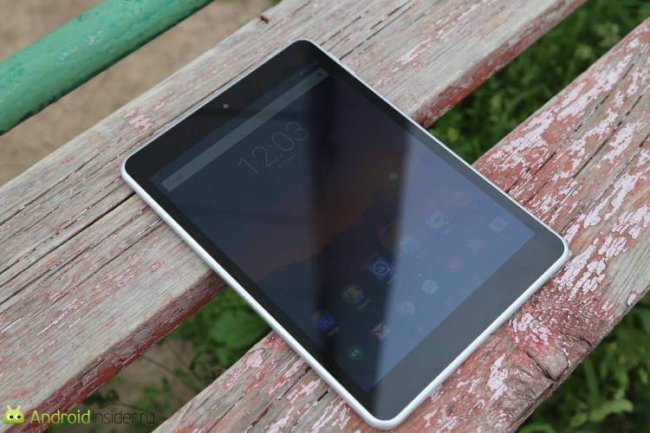
The second direction of the Nokia Technologies division of today's day was virtual reality, a fresh niche - something that always helped the company in difficult times. The first swallow was (or should be) Nokia OZO camera, a very interesting product created for the creators of three-dimensional content for the newfangled Oculus Rift, Samsung Gear VR, HTC Re Vive, Google CardBoard and a host of other devices that are now so interested in all adherents of high technology. But what if?
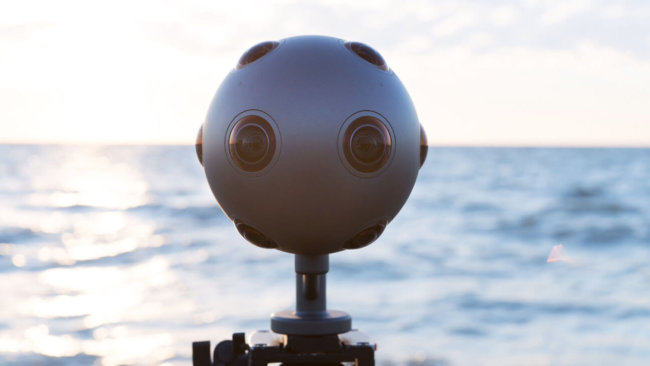
The second structural segment of the corporation is focused on B2B: Nokia acquired Alcatel-Lucent for 15.6 billion euros and became the sole owner of the division Networks. In fact, in the European market, the competitor of the company in this niche is just another historically very curious player - Ericsson. We hope, and before it in our cycle will reach the hands.

But from the cartographic service Nokia Here the company chose to get rid. Yes, at one time Navteq and the creation of a quality navigation ecosystem spent more than $ 10 billion (including 8 billion for Navteq itself), but the group of German carmakers will get all this cartographic splendor for 2.5 billion. Hard times have affected this.
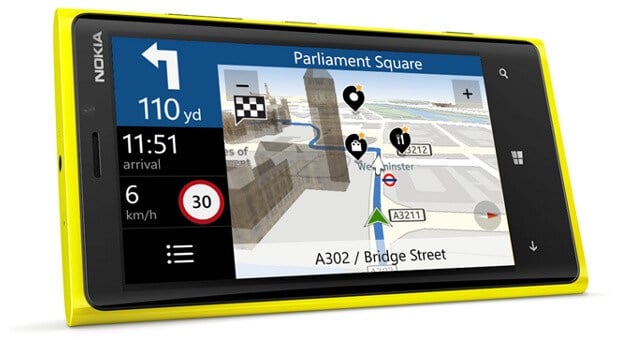
Fortunately, Nokia's history is not over, but our historical digression is over. Thank you for your attention, share your memories, opinions and, of course, with your suggestions: what company from the historical point of view should we consider in the next issues.
The article is based on materials .
- Get link
- X
- Other Apps
Comments
Post a Comment